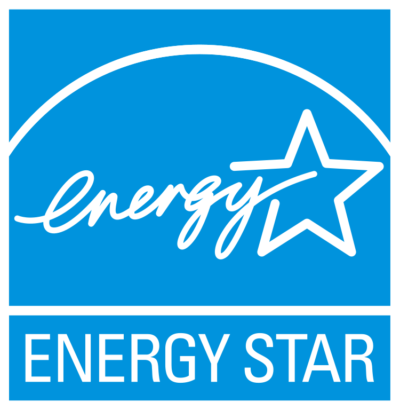The Energy Star Program
In 1992, the US Environmental Protection Agency (EPA) introduced the Energy Star program to allow businesses and consumers to identify and promote energy-efficient products that reduce greenhouse gas emissions. Energy Star labeled products are independently certified to save energy without sacrificing features or functionality.

Though the program is voluntary – meaning that manufacturers always have the option to skip any Energy Star testing and certification when they bring their products to market – all products submitted for certification must be third-party certified. Products are tested in an EPA-recognized laboratory and reviewed by an EPA-recognized certification body before they can carry the label.
Energy Star specifications are created, managed, and updated by various persons and organizations, including manufacturers, utilities, the efficiency community, international governmental partners, and more. The rigorous process of creating Energy Star specifications includes the initial research and analysis, followed by test procedure identification and validation, analysis of energy use data, and then development and vetting of the draft specifications.
The Energy Star label makes it easy for consumers and businesses to purchase products that save money and protect the environment. In 2018, approximately 2000 manufacturers and 2000 retailers partnered with ENERGY STAR to make and sell millions of ENERGY STAR-certified products across over 75 residential and commercial categories.
Return to the Tech Trends Newsletter